Restaurants in Singapore take to urban farming
SINGAPORE — Our little red dot may be more concrete than jungle, but that hasn’t stopped restaurants from trying to grow their own food. Urban farming and the idea of food sustainability have become worldwide trends. From new restaurants such as Whitegrass nursing its sprouts to older ones like Artichoke where owner Bjorn Shen has been working with Edible Garden City since 2013, the push towards growing your own greens has never been stronger.
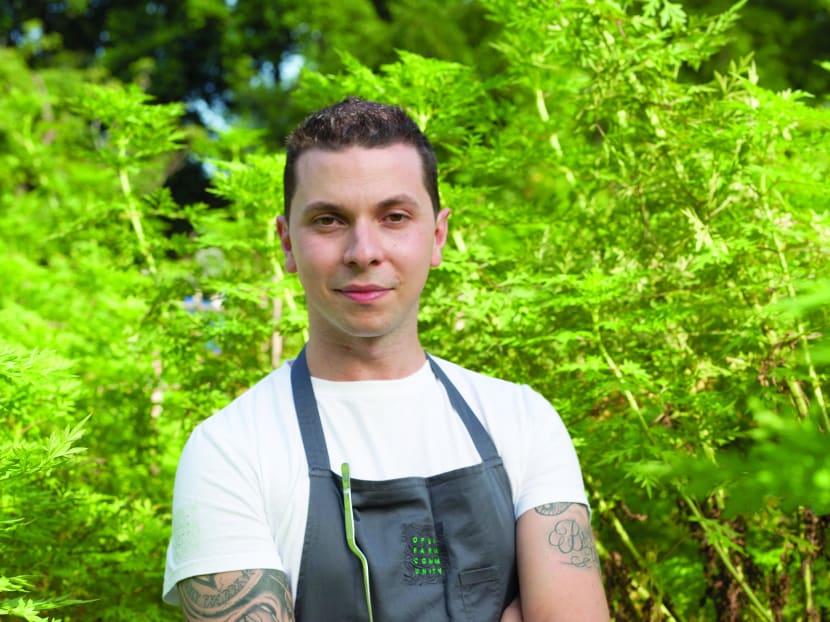

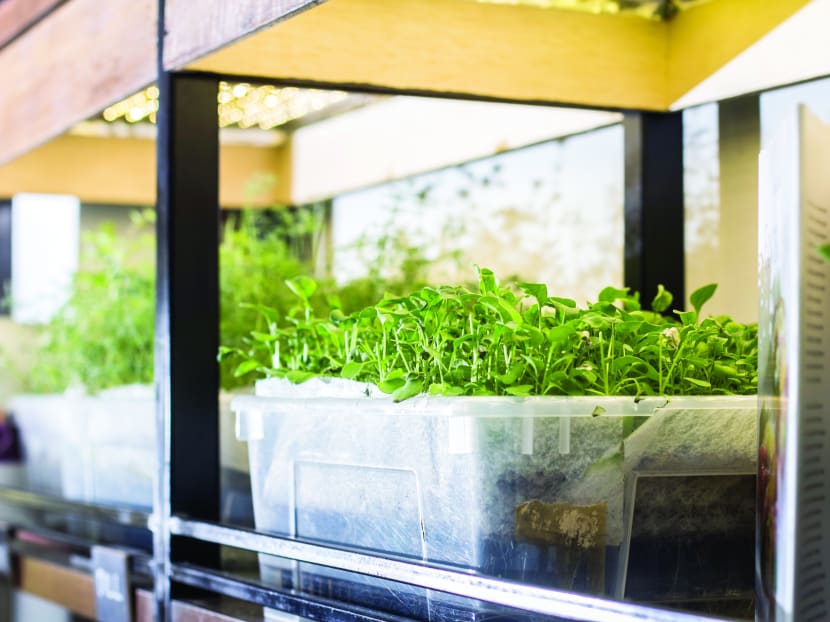
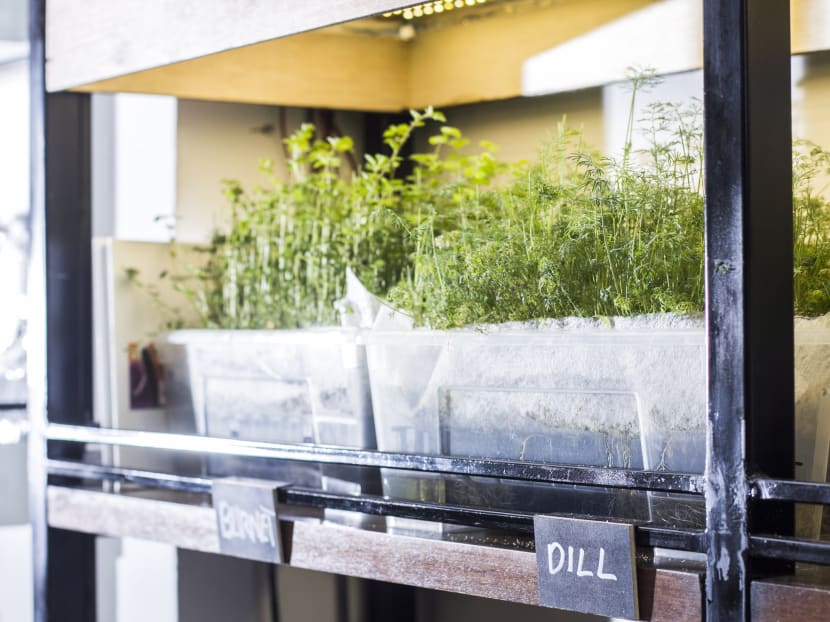
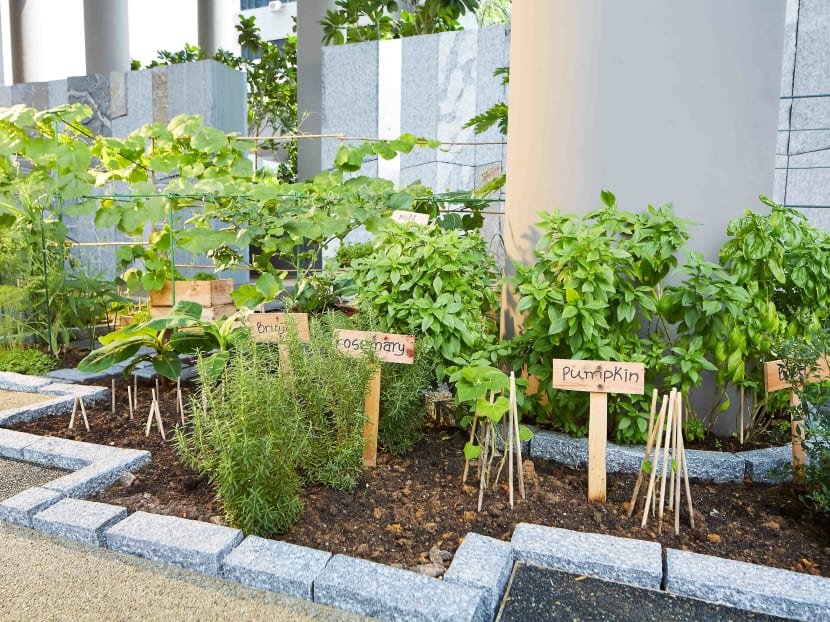
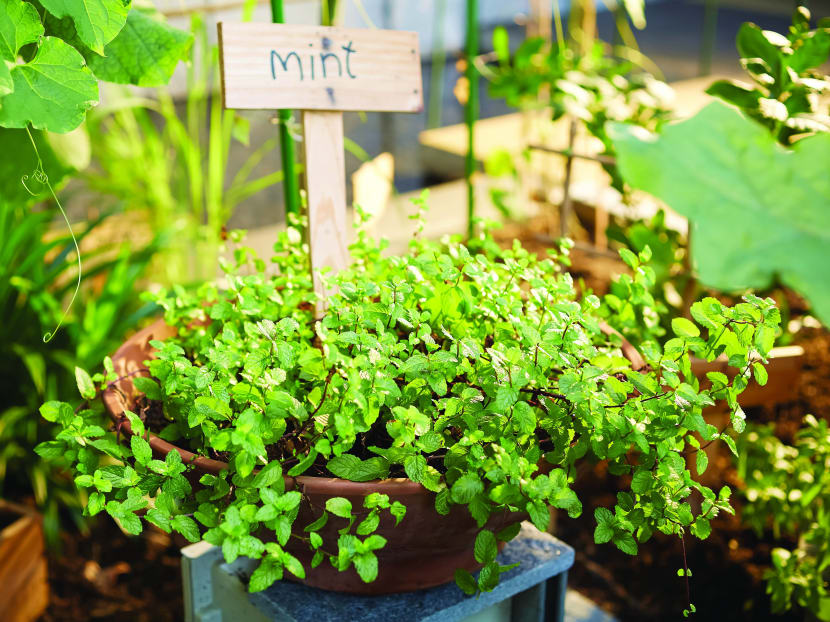
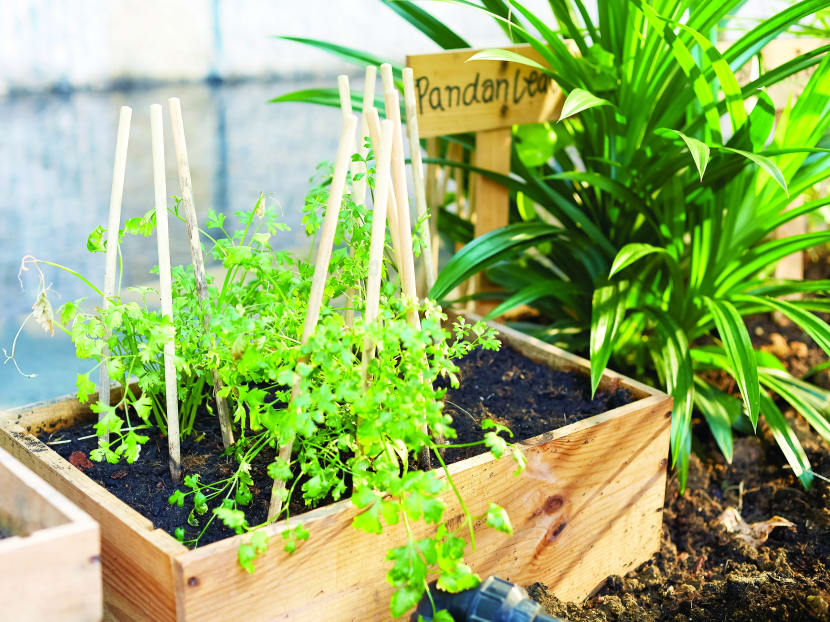
SINGAPORE — Our little red dot may be more concrete than jungle, but that hasn’t stopped restaurants from trying to grow their own food. Urban farming and the idea of food sustainability have become worldwide trends. From new restaurants such as Whitegrass nursing its sprouts to older ones like Artichoke where owner Bjorn Shen has been working with Edible Garden City since 2013, the push towards growing your own greens has never been stronger.
Edible Garden City has gone on to help numerous other restaurants set up their own edible gardens. Last year, it started a 29,000sqf urban farm with Open Farm Community (OFC), a restaurant in the Dempsey area, in collaboration with chef-owner Ryan Clift and lifestyle company Spa Esprit Group.
A HARVEST NONETHELESS
The farm at OFC cultivates a mix of herbs, vegetables and fruit trees, including basil, red hibiscus, sweet potatoes, mustard greens, morning glory (kangkung), eggplant, papaya and okra (lady’s fingers). The produce is used in the restaurant’s seasonal menu that changes every four months.
“(The farm) gives our kitchen crew the opportunity to be in touch with nature, harvesting fresh herbs and flowers before every dinner and lunch service, and to exercise our creativity in offering seasonal items, albeit in limited portions,” said OFC chef Daniele Sperindio.
Twenty-nine thousand square feet may sound like plenty of space, but it is not enough to cater to the full demands of a restaurant. Plants have a slow growth cycle compared to the time it takes to use up a single harvest.
“Where our garden cannot supply,” added chef Sperindio, “we strive, as much as we can, to get produce from local farmers. We hope diners and visitors understand that the purpose of the garden is to educate and connect them with their food source, to grow their relationship with food”.
The restaurant recently set up an indoor farm along Yong Siak Street in Tiong Bahru that will produce what Bjorn Low, co-founder of Edible Garden City, calls “high-value” plants such as baby salad leaves. Herbs that are not suited for growing in our intense tropical weather will also find a home in the indoor space.
“The beauty of working in such a close collaboration like this is that we get to see the chefs every day and talk … and fight,” Low joked. “People have a very romantic notion of farmers working with chefs, but it is a challenge to find that balance between what they need and what can be grown. But it’s a great way for all of us to learn and understand what is possible to grow and what isn’t.”
Having become more familiar with the grounds around Dempsey, Low and his team have found an array of “forgotten vegetables” that were once staples in South-east Asia but seldom eaten today.
These include ulam rajah, also known as “king of salads” (cosmos caudatus), manis cai (sauropus androgynus) and flameflower (talinum paniculatum). “The flavours are unfamiliar and the chefs are taking time to work with and discover them,” he added.
TAKING IT INDOORS
Rooftops, offices and small back rooms are all fair game for chefs who don’t have the privilege of an outdoor area. At his modern-Australian fine diner, Whitegrass, chef Sam Aisbett grows herbs and plants like beach succulents in a small “urban cultivator” above the dining room. “Eventually, we hope to do baby lettuces and we’ve just ordered spores to grow mushrooms, too,” said Aisbett.
House-grown herbs such as pea tendrils have already worked their way into dishes such as pan-fried New Zealand snapper served with razor clams, parsley cream, tapioca and bits of tempura batter in an umami-rich broth.
Chef Stephan Zoisl of Chef’s Table along Tras Street also has an indoor garden that grows herbs and cresses such as sorrel, chervil, coriander and dill. “The goal with our menu is that people don’t eat the same thing twice, so we plan our dishes around what is available because it takes a few days or weeks for each crop to grow,” he said.
Small though their crops may be, both chefs say the advantages are worthwhile. “When the produce is that fresh, it tastes exactly like it’s supposed to,” said Aisbett. “It gets so hot in Singapore and things wilt when they have to be transported.”
“It’s a no-brainer, really,” echoed Zoisl. “Chefs want the best and freshest for their restaurants, and the best is to grow it yourself if you can.”
HOW DOES YOUR (HOTEL) GARDEN GROW?
Hotels too have embraced this, especially since they tend to enjoy larger open areas where they can grow their own edible gardens. Leading the way is Fairmont Singapore, whose private edible garden on the fifth floor has been yielding crops such as mint and coriander since 2008. The garden is undergoing a revamp and is slated to reopen at the end of the year.
At Parkroyal on Pickering, an edible garden started by executive chef Deepak Mishra produces vegetables such as eggplants and okra, and herbs such as rosemary and pandan leaves. The produce is used in dishes at the hotel’s Lime Restaurant’s daily buffet. Hotel guests and guests of the spa are allowed access to this verdant space on the fifth floor.
Over at Marina Bay Sands’ beautifully landscaped Rise Herb Garden located behind Rise Restaurant and Lounge at the Hotel Tower 1, more than 50 plant varieties thrive. Besides herbs such as oregano, thyme and sage, the public garden also grows fruits and flowers such as tomatoes, cucumbers, sweet peppers and marigolds. All of this feed the restaurants within the integrated resort, with the kitchen harvesting an average of 600g of herbs every day.
The numbers may not sound like that much at the moment, but the scene is only set to, well, bloom.





